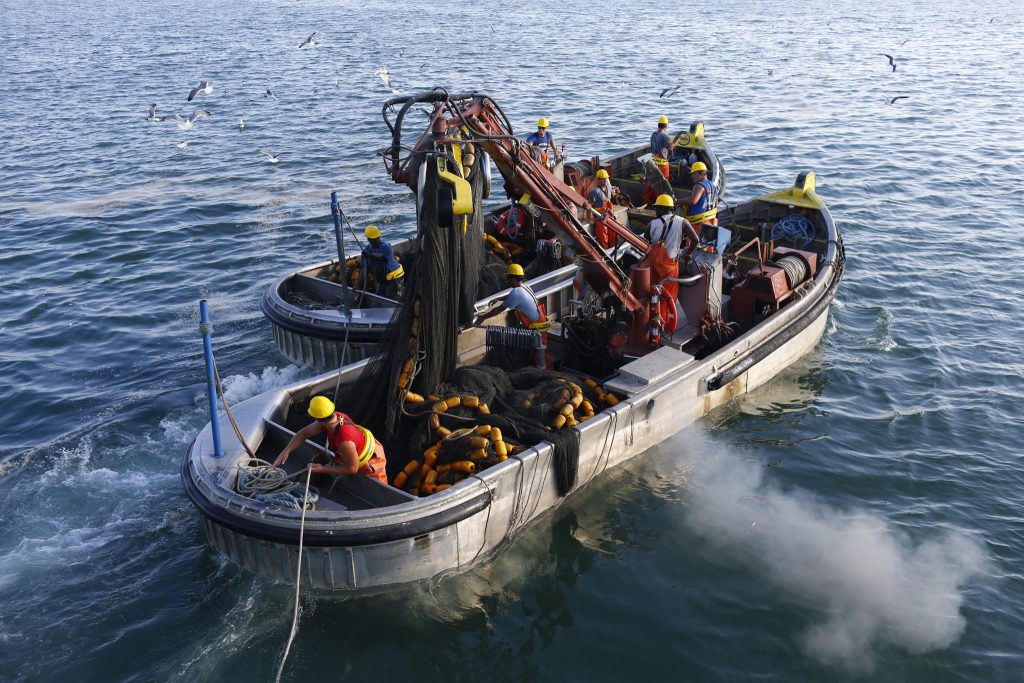November 17, 2017 — The Atlantic Menhaden Board voted earlier this week to stick to the status quo when managing the menhaden fishery and made slight changes to the annual catch limit. However, Saving Seafood, a group that represents the commercial fishing industry, has mixed feelings about those changes.
Menhaden are a forage fish found across the Atlantic Coast. The Board was considering implementing a new ecological-based management plan that was designed for forage fish.
The plan would have required fishermen to leave enough fish in the water for it to replenish itself and enough for predators to eat. However, the board voted no for the plan because it’s not specifically designed for menhaden.
Bob Vanasse, executive director at Saving Seafood, said the group agrees with the board’s decision.
“I think this was a strong statement that moving forward science needs to prevail, data needs to prevail and we need to look at this complex system in its complexity and not try apply a rule of thumb in every circumstance,” Vanasse said.
The menhaden board also voted to increase the annual catch quota by eight percent.

